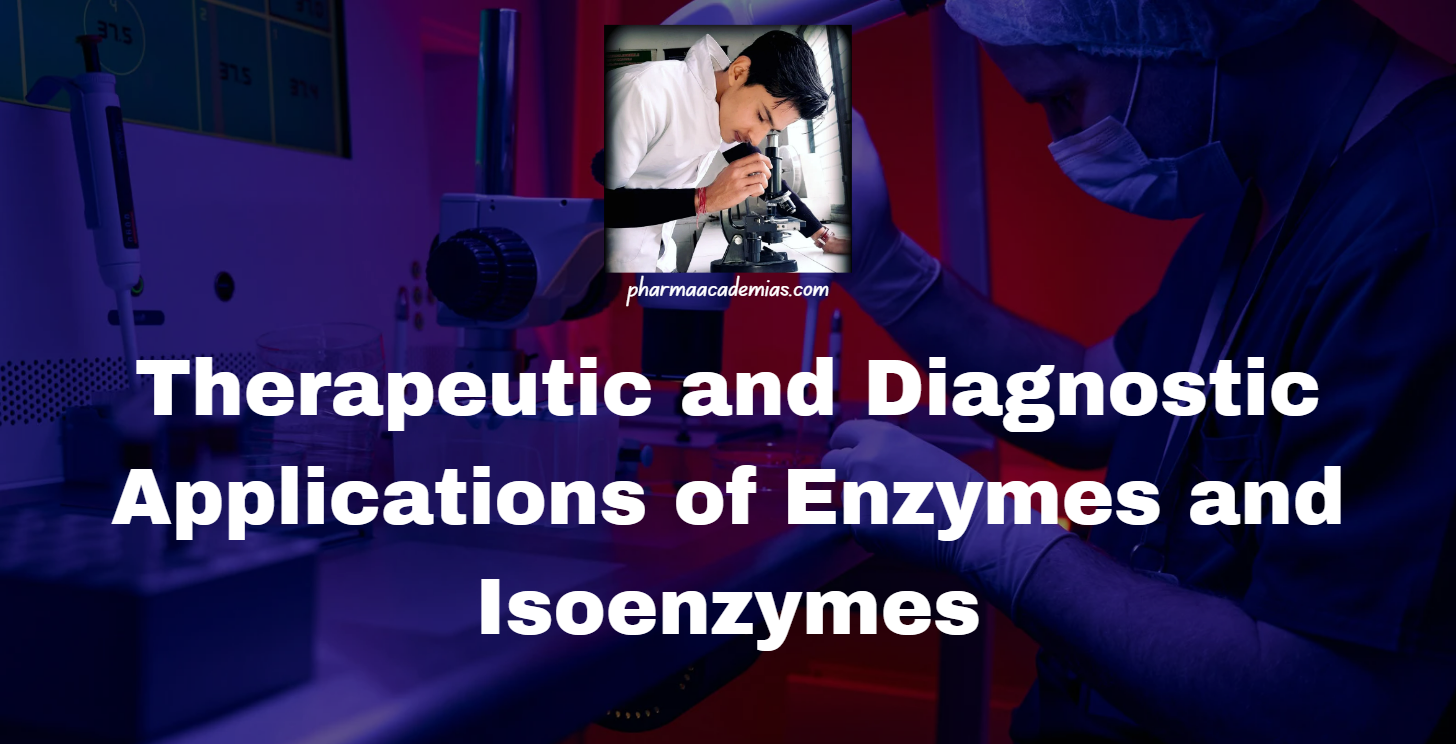Therapeutic and Diagnostic Applications of Enzymes and Isoenzymes
Enzymes and isoenzymes play crucial roles not only in metabolism but also in medical diagnostics and therapy. Enzymes can be utilized as drugs to treat specific diseases, while isoenzymes serve as important biomarkers for the diagnosis of various conditions. This note explores the therapeutic and diagnostic applications of enzymes and isoenzymes in detail. Therapeutic Applications … Read more





